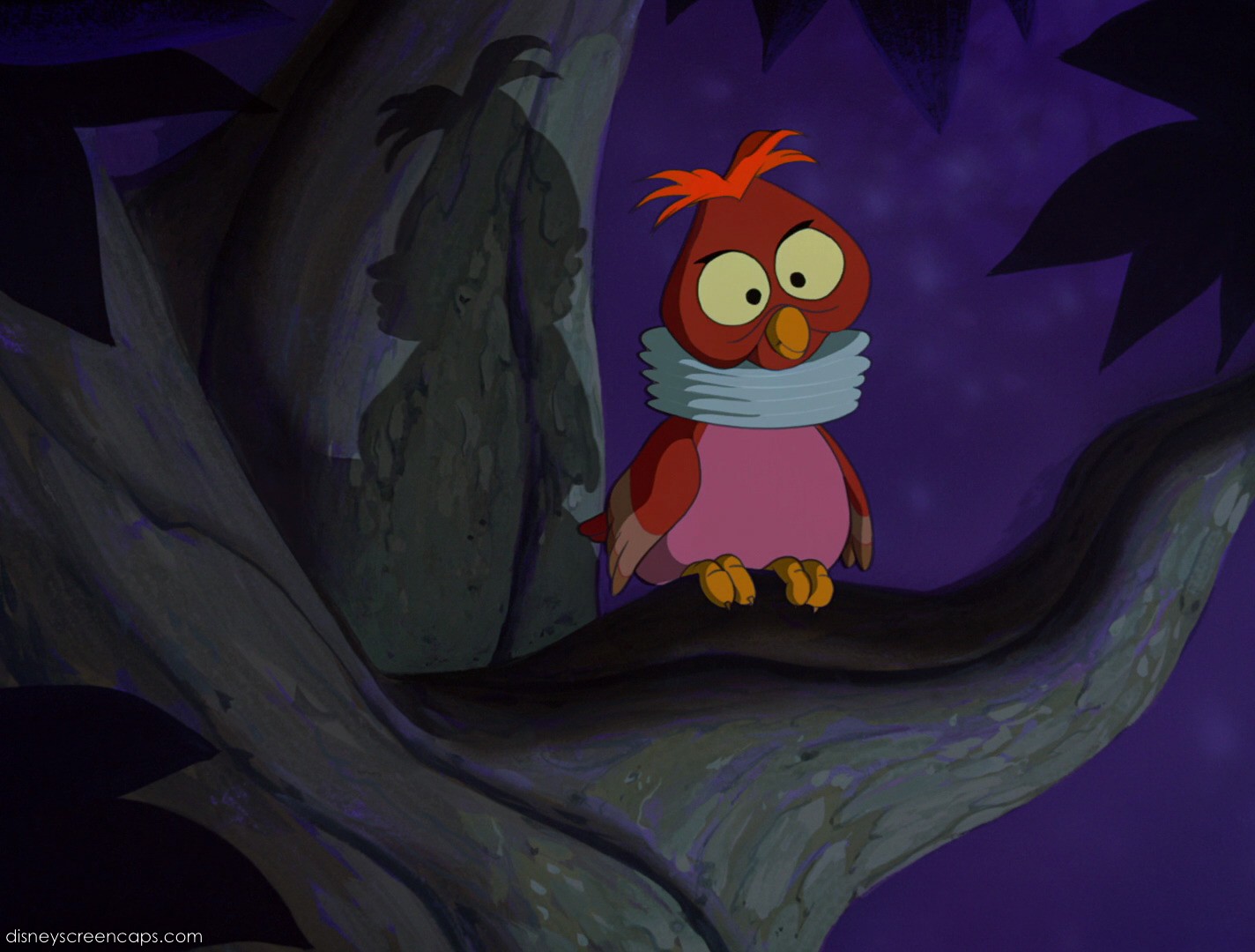Disney’s Alice in Wonderland, a phantasmagorical adaptation of Lewis Carroll’s seminal works, teems with a menagerie of eccentric characters. Among these memorable denizens of Wonderland is a bespectacled owl, a figure whose presence, while brief, contributes to the overall surreality and delightful absurdity of the animated film. Dissecting this avian intellect requires a multi-faceted approach. It goes beyond a mere character sketch and into the analysis of his function within the narrative, his design, and his potential influences.
A Fleeting Glimpse: The Owl’s Role in the Mad Tea Party
The owl makes his appearance during the Mad Tea Party, an iconic scene synonymous with the film. Alice, already disoriented by her descent into Wonderland, finds herself amidst the Mad Hatter, the March Hare, and the Dormouse. This chaotic gathering represents a departure from logic and a full embrace of nonsensicality. It is here, amidst the cacophony and capricious banter, that the bespectacled owl emerges, almost unnoticed, as part of the menagerie brought forth to further exemplify the ‘madness’ of the tea party. He’s there, an observer, a participant, but simultaneously detached from the primary action, a subtle comment on the overall absurdity of the situation. He primarily serves as set dressing to enhance the overall theme.
Design and Animation: A Study in Avian Anthropomorphism
The owl’s design is deliberately anthropomorphic. This endows him with human-like qualities, enhancing his comedic value. The spectacles, perched precariously on his beak, are the most defining feature. They immediately suggest intellect, studiousness, and perhaps even a degree of pedantry. His plump physique and relatively small wings contribute to a somewhat awkward and ungainly appearance. This visual contrast between the implied wisdom of the spectacles and the owl’s physical form is a source of humor. It undercuts any potential pretension of the character. The animation, typical of Disney’s style at the time, emphasizes fluid movements and exaggerated expressions. These qualities further enhance the owl’s comedic impact, even in his relatively limited screen time.
Symbolism and Interpretation: Wisdom Turned Upside Down
The presence of an owl, traditionally a symbol of wisdom and knowledge, in such an irrational environment invites interpretation. His appearance can be viewed as a subversion of this traditional symbolism. In Wonderland, logic is frequently inverted, and the expected order of things is turned on its head. The owl, usually associated with sagacity, becomes just another element in the chaotic tableau. It indicates that wisdom, in this context, has lost its grounding and become as unmoored as everything else. He’s a parody of wisdom, a scholarly figure rendered powerless in the face of utter nonsense. His mere existence within the Mad Tea Party framework is a testament to this.
The Owl and Carroll’s Literary Legacy: A Possible Inspiration
While the Disney adaptation takes liberties with Carroll’s original work, examining potential literary influences is worthwhile. While no character explicitly mirroring the bespectacled owl appears in the book Alice’s Adventures in Wonderland, owls are alluded to. There is the constant presence of peculiar creatures and talking animals. It is reasonable to suggest that the Disney animators drew inspiration from the general bestiary of Carroll’s creation when conceiving the owl. Furthermore, the owl, as a symbol of knowledge, may also subtly allude to Carroll’s own background as a logician and mathematician. The juxtaposition of this scholarly symbolism within a world of irrationality creates a deliberate tension, a thematic thread present throughout both the book and the film.
Beyond the Screen: The Owl’s Enduring Appeal
Despite his limited role, the bespectacled owl has resonated with audiences and become a recognized element of the Alice in Wonderland universe. His distinctive design and the subtle humor of his presence have contributed to his enduring appeal. He represents a specific type of absurdity that characterizes Wonderland: the juxtaposition of the familiar with the utterly bizarre. The owl is a symbol of the film. He encapsulates the overall message of the film that the world is a strange and confusing place, even for those who are wise.
The Owl as a Microcosm of Wonderland: Summing Up the Significance
In conclusion, the bespectacled owl in Disney’s Alice in Wonderland, while a minor character, offers a significant insight into the film’s themes and visual style. His design, animation, and symbolic connotations contribute to the overall sense of surrealism and delightful absurdity that defines Wonderland. He is a parody of wisdom, a subtle nod to Carroll’s literary legacy, and an enduring symbol of the film’s unique charm. He serves as a microcosm of Wonderland itself. A place where the expected is inverted, the logical is defied, and even the most learned of creatures are left bewildered. The owl contributes significantly to the film’s lasting appeal. He is a testament to the power of even minor characters to enrich a narrative and resonate with audiences. He is part of the collective unconscious.
